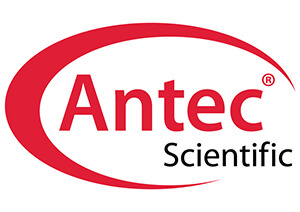
Sucralose is an artificial sweetener and sugar substitute. As the majority of ingested sucralose is not metabolized by the body, it adds very little food energy (14 kJ, 3.3 kcal per gram). Sucralose can be separated and detected using High Performance Anion Exchange Chromatography in combination with Pulsed Amperometric Detection (HPAEC-PAD). In this application note a HPAEC-PAD method is presented for the fast (within 8 min) and sensitive analysis of sucralose in soft drinks and chewing gum using the Antec Scientific ALEXYS Carbohydrate Analyzer in combination with the SweetSep™ AEX200 column.
The use of sweeteners, like sucralose in food products is regulated in the EU in a specific directive 2003/115/EC, describing which sweeteners are permitted in the different categories of food products together with the maximum permitted doses. The presented method meets all criteria for checking whether products comply with legal requirements.





